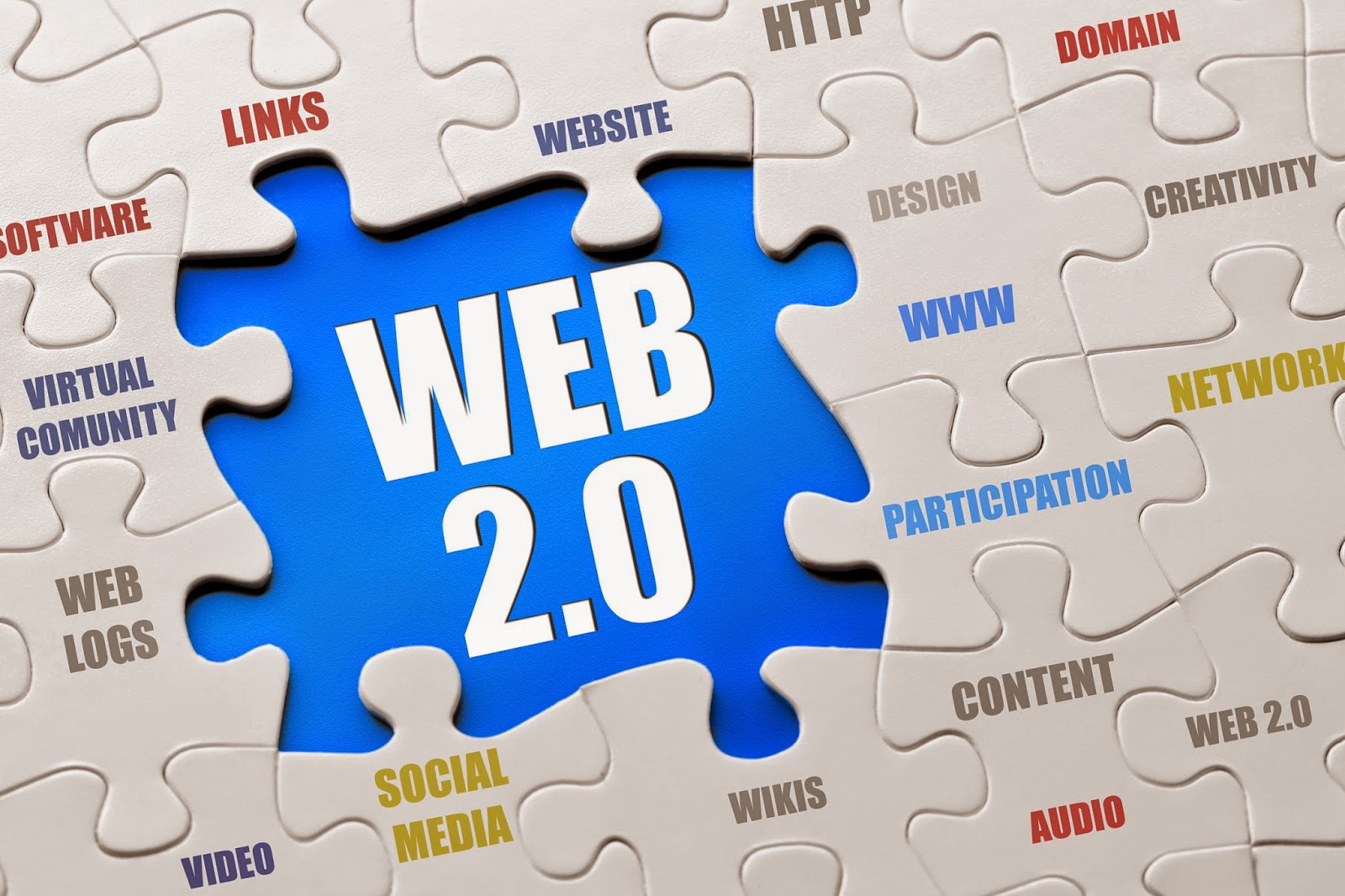Technology is a tool that, if used correctly, can enhance and enrich student learning. We live in a society where technology is at our fingertips. Children are growing up immersed in technology; computers, smart phones, tablets, and gaming devices are basically extensions of their hands! We owe it to these children to continue to develop their technological skills alongside their content knowledge. Students should be using technology to think critically, communicate, collaborate, and create (Blair, 2012). In my mind, this means purposefully, authentically and effectively integrating digital tools and resources into the classroom.
Web 2.0 tools and social media can have a positive impact on student learning. Projects incorporating technology should have strong ties to the curriculum, and more and more available Web 2.0 tools allow more authentic and appropriate integration. Wordle, for example, can be used to highlight key words and phrases or summarize the main ideas of a topic or concept. Animoto is an easy to use, video-editing web tool. It provides many educational opportunities for students. Teachers can create short, free videos to introduce a new topic and hook students into it or students could produce video presentations to demonstrate learning towards the end of a unit. Teachers can even create lessons and quizzes around a pre-existing youtube video - no need to reinvent the wheel! Tools like TED Ed, Blendspaces, eduCanon, Movenote, and Tackk are some examples of ways to blend content with technology, putting the learning into the hands of the students.
Blogs and other social media outlets, such as Wikispaces, expand the classroom walls and give students the opportunity to communicate and collaborate digitally, in a safe, monitored digital environment. In my class, the students do a unit on the oceans and continents. Rather than spending time in class studying all of them, students could work in groups to become experts on one continent and develop a wiki for each. The students would then present their new knowledge to the class.
Lastly, I think that blogs are valuable learning Web 2.0 tools. Blogs can include text, images, and links (Shrum & Levin, 2009, p. 50). Blogs give parents and community members a window into the classroom. Teachers can share lessons, materials, and ideas for activities with each other and support the development of a Professional Learning Network. Blogs also have a strong educational value and can be used in a number of creative ways (Shrum, 2009, p. 53). I currently have a classroom blog that I maintain to communicate with both students and parents. What I decided to try with my students is to have a student maintained blog. Each week or so, one student creates a blog post in response to a question I pose. The rest of the class then responds to the one student’s initial post. I think that this can be a valuable communication and collaboration tool, as well as allow me to assess student understanding of my classroom lessons and activities.
References
Blair, N. (2012) Technology Integration for the New 21st Century Learner. Retrieved
September 8, 2014, from http://www.naesp.org/
Shrum, L. and Levin, B.B. (2009). Leading 21st Century Schools. California: Corwin.

No comments:
Post a Comment
Note: Only a member of this blog may post a comment.